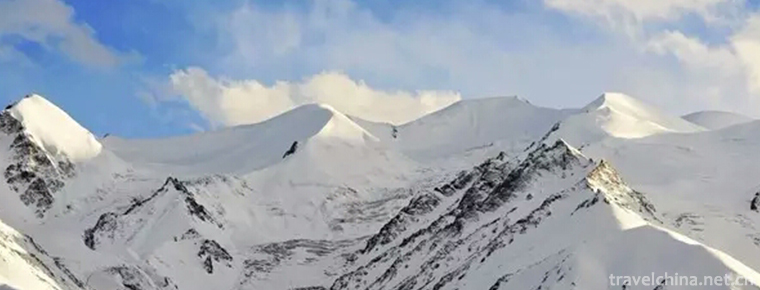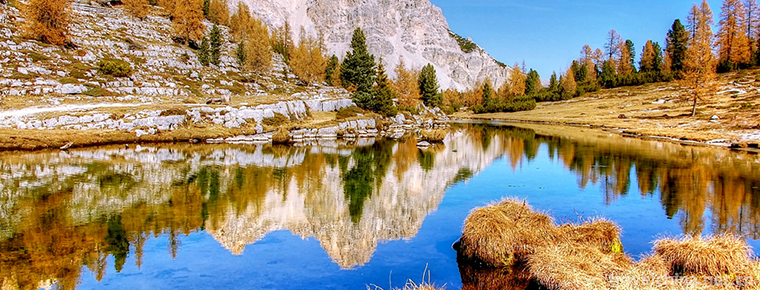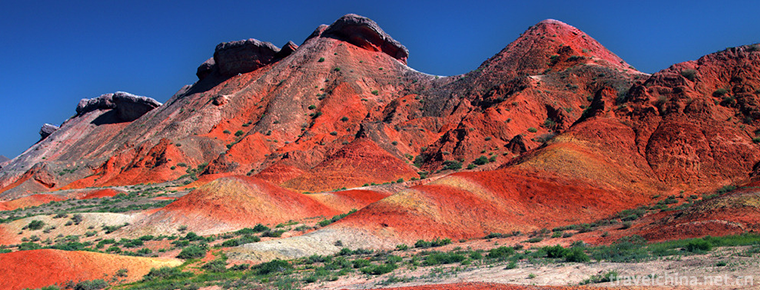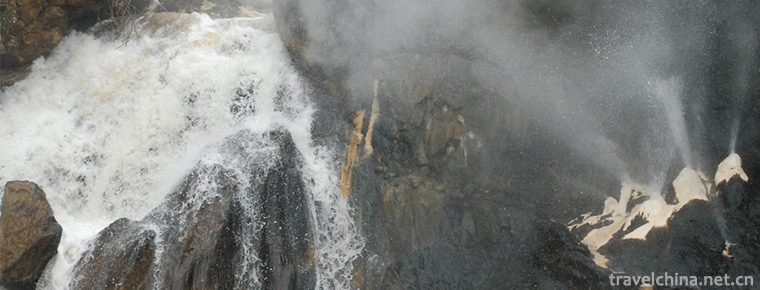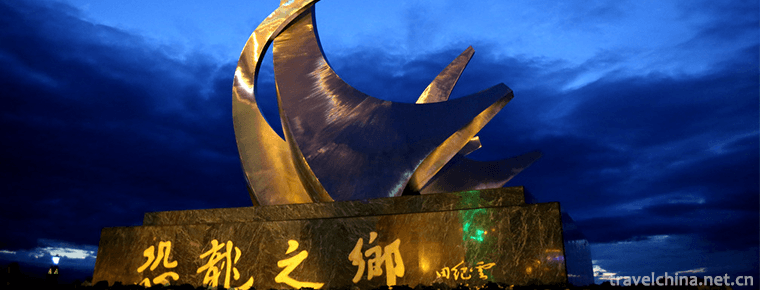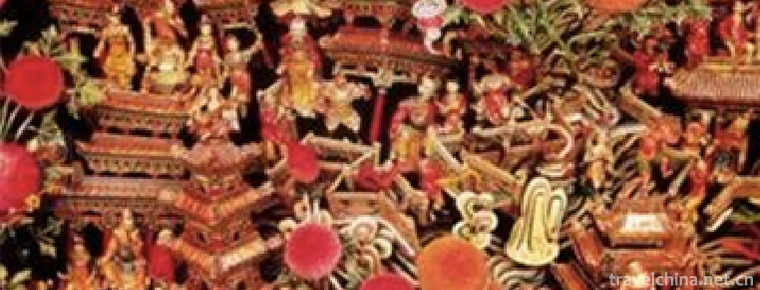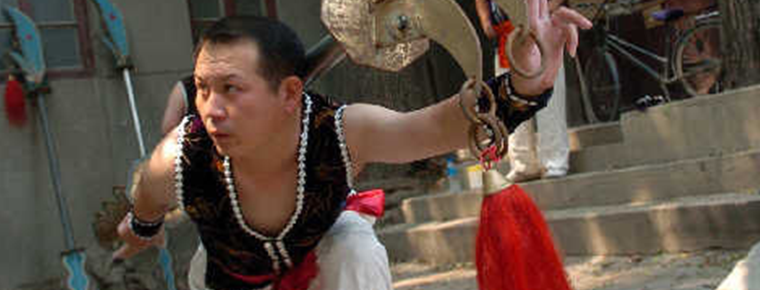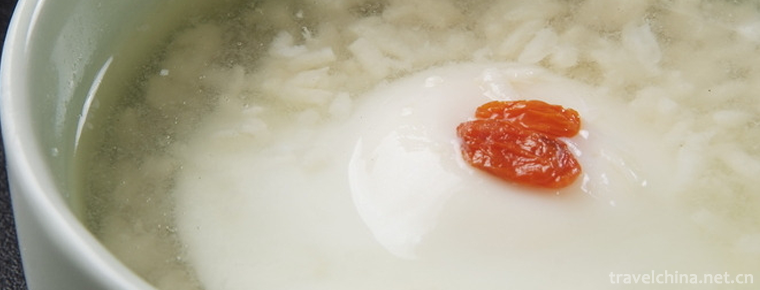Yibin Jiuzhou tower
Jiuzhou tower
Jiuzhou tower was built in the third year of Daguan in Northern Song Dynasty, that is, in 1109 ad, located in Yibin, Sichuan Province. The foot of the tower is 7.35 meters long from north to south, 7.4 meters wide from east to west, and 29.5 meters high. The tower base is made of bricks, and the bricks are bonded with soil.
In 1109 ad, it was located in the southwest corner of Rongzhou ancient city in Tang and Song dynasties. After being attacked by wind and rain, it was seriously damaged. In 1979, Sichuan Culture Bureau appropriated funds for maintenance (abstract is recorded from the inscription in front of the pagoda). The tower was built in the Northern Song Dynasty in Yibin Jiuzhou. It's been many years since I counted. There are three towers in Yibin City. One is the Jiuzhou tower. 2: White tower. 3: Black tower. It is said that there is a dazzling gem on the top of each of the three towers. Standing on Cuiping mountain at night, you can see the dazzling light of the gem at the same time.
It is said that the gem disappeared when the Qing Dynasty was destroyed.
Yibin Jiuzhou tower, also known as Jiuzhou white tower. The pagoda is a square brick tower with 13 levels of dense eaves, which is of Indian Burmese tower style. The murals in the tower have a strong religious color. From the perspective of construction techniques, they have the legacy of ancient local architecture. In 1941, Liang Sicheng, Mo Zongjiang, Liu Dunzhen and other ancient architecture experts inspected and identified them as Song Dynasty architecture. Although the pagoda is 900 years old and well preserved after numerous wars, it stands on the Bank of Minjiang River. When the sun goes down, the golden wave sails and thousands of birds return to the forest, it is full of ancient meaning. "The sunset of Jiuzhou" becomes a scene in Yibin. What is more surprising is that the tower has no stone foundation, but is built directly from the condensed pebbles with bricks.

Yibin Jiuzhou tower
-
Aerge Mountains
Mount Alge, A'erge Mountains, a mountain range at the junction of Xinjiang Uygur Autonomous Region, Tibet Autonomous Region and Qinghai Province, China.
Views: 271 Time 2018-11-01 -
Inner Mongolia Autonomous Region Alshan Chaihe Tourist Scenic Area
Inner Mongolia Autonomous Region Alshan Chaihe Tourist Scenic Area/Chaihe Tourist Scenic Spot has a total area of 1368.7 square kilometers
Views: 194 Time 2018-12-02 -
Mount Danxia Scenic Area
Danxia Mountain Scenic Area is located in Renhua County, northeast of Shaoguan, Guangdong Province. Danxia Mountain is composed of red sandy scintillate rocks and characterized by red cliffs. Geologis
Views: 175 Time 2018-12-12 -
Tengchong Volcanic Hot Sea Tourist Area
The volcanic hot sea is located 20 kilometers southwest of Tengchong County. It covers an area of 9 square kilometers. There are more than 80 large gas springs and hot springs. Among them
Views: 151 Time 2018-12-12 -
Jiayin Dinosaur National Geopark
Jiayin Dinosaur National Geopark, the first place where dinosaur fossils occurred in China, is named for the dragon. The fossils unearthed here have been packed into 10 dinosaur skeletons.
Views: 124 Time 2019-01-21 -
Sweat green
"Khan Qing Gele" is a heroic epic of the Mongolian people in Haixi. In the form of rap and speech, it tells the story of the Mongolian heroes destroying demons and saving the people, flashin
Views: 242 Time 2019-05-02 -
Hui Heavy Knife Wushu
Heavy knife is the original name of big knife. It is a traditional weapon around Beijing and Tianjin. It has a history of thousands of years in China. The original name of Jinmen
Views: 192 Time 2019-05-04 -
Sugar Eggs
Laozao is a local snack, belonging to Sichuan cuisine. Laolao, a kind of wine brewing in ancient Chinese, is a Sichuan dialect, that is, boiled eggs with wine brewing. Put the mash in the pot and boil
Views: 491 Time 2020-03-09 -
Hunter peak
Hunter peak is located in the Shuangqiao gully of Siguniang mountain, with an altitude of 5360 meters and adjacent to Jianzi mountain. The two peaks stand shoulder to shoulder, with a huge stone pillar in the middle
Views: 239 Time 2020-11-05 -
The social background of Cheongsam
Many scholars and media at that time believed that it was an important reason that women imitated men to wear long gowns in order to seek independence of mind and emancipation of women's rights in the early Republic of China.
Views: 334 Time 2020-12-11 -
Neijiang climate
Neijiang City belongs to subtropical humid monsoon climate. Affected by the basin and the natural environment, it has the characteristics of mild climate, abundant rainfall, sufficient light and heat, and long frost free period. It is warm in winter and hot in summer,
Views: 309 Time 2020-12-16 -
Leshan transportation
Leshan City has convenient transportation. In the 12th Five Year Plan, Leshan City proposed to implement the "100 billion yuan transportation project", including "two airlines (comprehensive development of Minjiang aviation and power and Leshan Airport)
Views: 373 Time 2020-12-17
